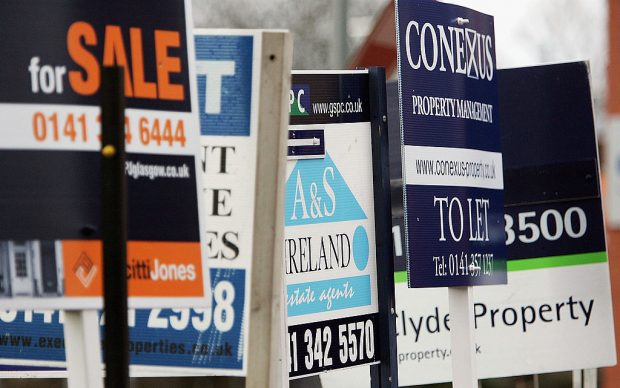The existence of the Laffer Curve can be proved by thought-experiment alone. If a government levies an income tax rate of 0 per cent it will raise zero revenue. If it levies a rate of 100 per cent it will also raise zero revenue, as no-one will bother to earn any money – or at least declare any earnings. Somewhere between those extremes lies an optimum point at which the tax-take reaches a maximum value.
Trouble is, no-one really knows where the peak of the Laffer Curve lies for income tax, or for any other tax for that matter. George Osborne asserted that – at least for income tax in Britain – it lies some way below 50 per cent. He has some data to back it up, too – he was able to claim earlier this year that the revenue received from top-rate taxpayers increased by £8 billion after he cut the top rate from 50 per cent to 45 per cent. But it is impossible to conduct controlled experiments in fiscal policy – you can’t construct a series of identical economies in the laboratory and subject them to different tax rates. So, where the Laffer maximum lies is always going to be a matter of some conjecture.
But today comes another demonstration of the Laffer Curve in action. And this time it doesn’t reflect so well on George Osborne. One of his last budgetary measures to come into effect – from last April – was the extra three per cent stamp duty rate on second homes and investment properties. If the aim was to prevent international investors from monopolising London’s housing stock it might claim to be a success. But as a means of raising government revenue?
Overall, stamp duty receipts look buoyant. In the six months from April to October 2016 the government raised £5.61 billion in stamp duty, compared with £5.2 billion in the same six months of 2015. But that figure masks what has happened at the upper end of the London market. Anyone buying a second, or investment property, for more than £1.5 million must now pay a marginal rate of 13 per cent.
Since April, the number of prime properties sold in central London has collapsed. Analysis of Land Registry figures by an estate agency, London Central Portfolio, suggests that sales of properties at £10 million and above fell to 15, compared with 61 sold in the same period in 2015. Sales of properties between £5 million and £10 million fell from 201 to 99, and those between £2 million and £5 million from 7,285 to 4,913.
While the Government is taking more in stamp duty for every property sold, that isn’t going to help your tax receipts if fewer properties are being sold. On the assumption that all the ‘missing’ sales were second homes or investment properties, the drop in stamp duty receipts on prime London properties between April and October 2016, compared with April and October 2015, could be as much as £500 million.
Obviously, there is a lot going on in the property market other than just changes in stamp duty rates. Moreover, investors do not seem to have been dissuaded from buying investment properties at the bottom end of the market, below £250,000, where the marginal rate of stamp duty is five per cent. But alarm bells ought to be ringing in the Treasury that you can’t keep on raising stamp duty and expect to earn more revenue. A rate of 13 per cent is already probably beyond the peak of the Laffer Curve.







Comments